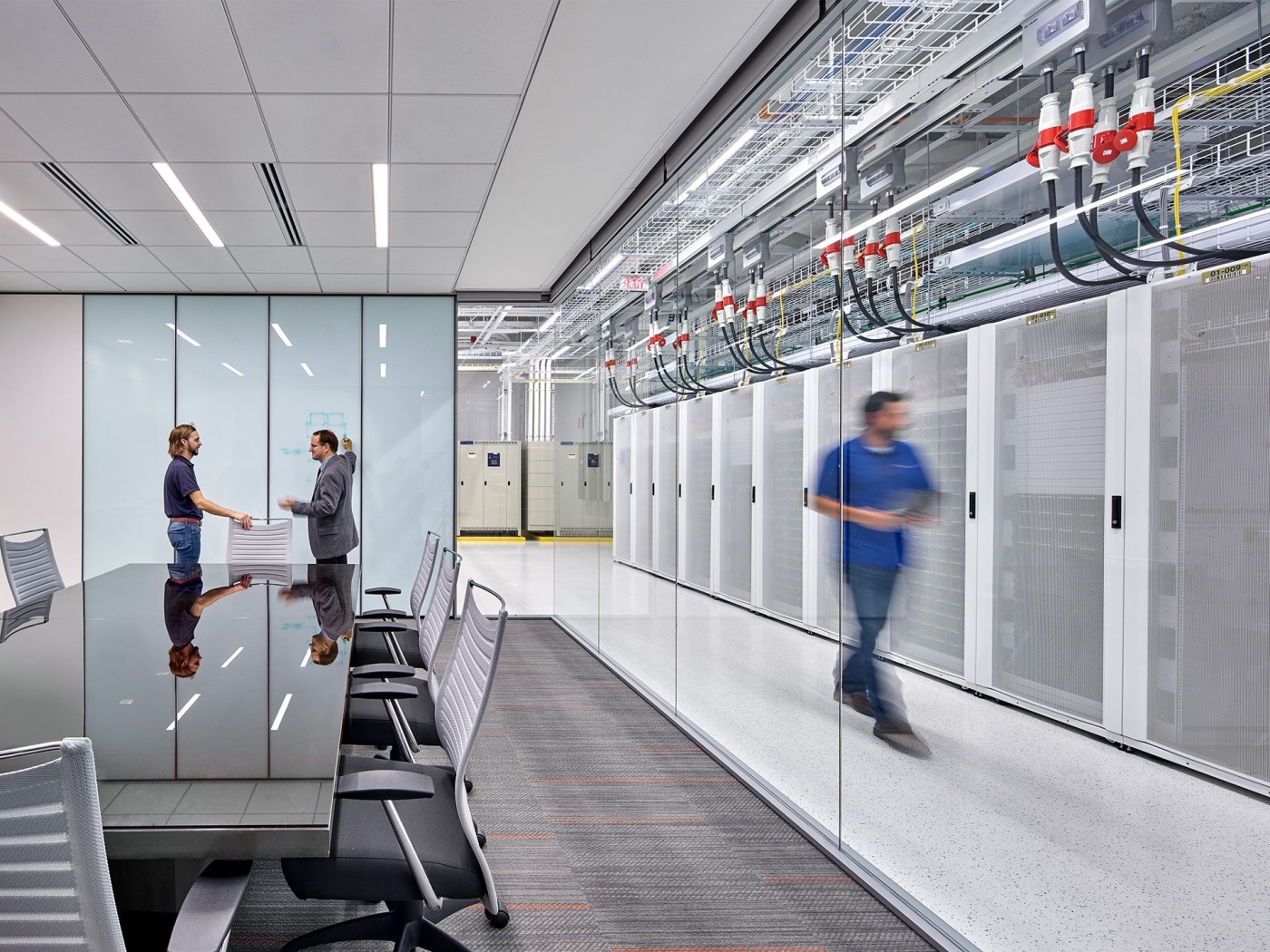

Data centers have to be carefully managed to ensure they operate in a sustainable way. With that in mind, here is a straightforward guide to the environmental impact of data centers in Orange County.
Data centers can have a significant environmental impact. Here are five of the main issues they can cause.
Data centers require large amounts of electricity to power the IT equipment they hold. Moreover, as data centers use their space more efficiently, their power usage per square foot/meter increases. If the energy used by data centers is generated from fossil fuels, data centers will have a significant carbon footprint. They will therefore be a major contributor to climate change.
To prevent overheating, data centers often use cooling systems that absorb heat from equipment. These systems can consume large amounts of water, which puts a strain on local water resources, particularly in drought-prone regions. The withdrawal of water from rivers or lakes also impacts local ecosystems and aquatic life.
The construction of data centers often requires significant land development, which can involve clearing forests or disrupting natural habitats. This not only leads to the loss of biodiversity but can also contribute to soil erosion and other environmental issues, especially in sensitive ecological areas.
Data centers frequently replace outdated servers and equipment, generating large quantities of e-waste. This waste, if not properly disposed of or recycled, can release harmful materials like mercury, lead, and cadmium into the environment, which can contaminate soil and water and pose a risk to human health.
Data centers generate large amounts of waste heat as part of their operations. If this heat is not efficiently managed, it can increase local temperatures. This issue is most pronounced in cities and at night. Not only does it contribute directly to climate change but it also encourages humans to run cooling systems which create further environmental issues.
California as a whole has a reputation for strongly promoting sustainability. Orange County is no exception. Here are just 8 of the green practices in Orange County data centers.
LEED-certified facilities: New and renovated data centers often pursue LEED (Leadership in Energy and Environmental Design) certification. This encourages sustainable building practices and energy conservation by design.
Energy-efficient infrastructure: Modern centers use energy-efficient servers, storage, and networking equipment. High-efficiency power supply units and advanced power distribution systems reduce overall consumption.
Advanced cooling systems: To lower cooling-related energy use, data centers implement methods such as hot and cold aisle containment, liquid cooling, and air-side economization. These techniques reduce the need for traditional air conditioning.
Renewable energy use: Many data centers in Orange County source electricity from renewable energy providers, including solar and wind. Some facilities even install on-site solar panels to supplement their energy needs.
Virtualization and consolidation: By virtualizing servers and consolidating workloads, facilities reduce the number of physical machines required, decreasing energy usage and e-waste.
Water conservation: Data centers in drought-sensitive areas like Orange County often use water-efficient cooling or air-cooled systems to minimize water use.
E-waste recycling: Many centers partner with certified e-waste recyclers to responsibly dispose of outdated equipment, reducing landfill waste and pollution.
Real-time monitoring: Data centers implement smart monitoring tools to track and optimize power and cooling efficiency, helping to identify and correct inefficiencies quickly. This improves sustainability as well as lowering costs.
DataBank is fully committed to sustainability. Here are just five examples of DataBank’s sustainable approach to data centers.
The company pursues Leadership in Energy and Environmental Design (LEED) certification for its data centers, ensuring adherence to stringent environmental and energy efficiency standards.
DataBank actively incorporates renewable energy sources into its operations. Over 20 of their data centers are powered entirely by renewable energy, achieved through Renewable Energy Certificates (RECs), green tariff programs, and partnerships with certified renewable utilities.
The company employs energy-efficient standard designs and retrofits existing facilities with innovative technologies to optimize energy use. DataBank also DataBank investigates capturing and repurposing waste heat generated by data centers for heating purposes, thereby improving overall energy efficiency. These efforts are part of DataBank’s strategy to achieve net-zero Scope 1 and 2 emissions by 2030.
At its Irvine data center, DataBank operates as a VPP. This system charges batteries during periods of excess renewable energy generation and discharges them during peak demand, reducing reliance on traditional power plants.
DataBank explores on-site renewable energy generation, such as installing photovoltaic solar panels, to decrease dependence on non-renewable sources and enhance sustainability.

Discover the DataBank Difference today:
Hybrid infrastructure solutions with boundless edge reach and a human touch.